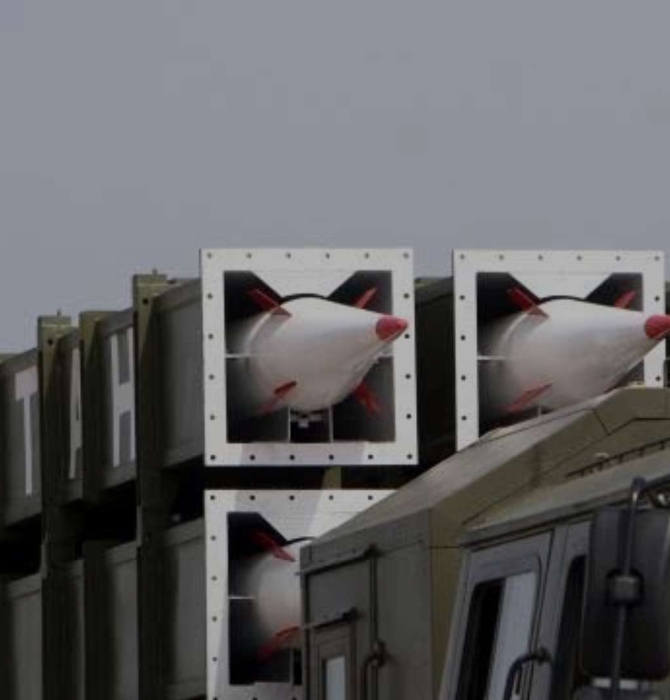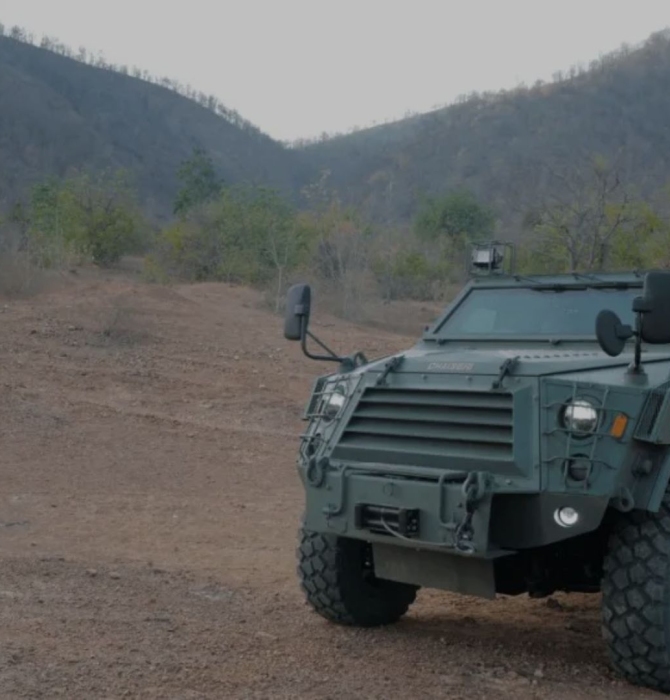13438Views

Z-10ME: Pakistan’s Answer to India’s Apache Has Just Arrived. Here’s What It Can Do. Quwa Premium
The Pakistan Army Aviation Corps (PAA) has officially inducted the Z-10ME-02 attack helicopter, finally turning a page on the PAA’s decade-plus long effort to start replacing its legacy Bell AH-1F/S Cobras.
Following weeks of observer reports, confirmation of the deliveries occurred through several disclosed videos and photos shared on the social media platform X. The PAA formally inducted the helicopters in a ceremony conducted on 02 August at Multan Army Aviation Base.
The Pakistan Army (PA) Chief of Army Staff (COAS), Field Marshal Syed Asim Munir, presided over the induction ceremony and observed the Z-10ME02 in live firing drills at the Muzaffargargh Ranges.
Developed and produced by the Changhe Aircraft Industries Corporation (CAIC), the Z-10ME-02 is a twin-engine, reportedly 7.2-ton platform with a length of 14.2 m and a payload capacity of 1,500 kg distributed across a total of four hardpoints.
The Z-10ME-02 can be armed with anti-tank guided missiles (ATGM), laser-guided rockets, air-to-air missiles, and miniature air-launched cruise missiles (ALCM), such as the CM-501X, for example, and non-line-of-sight (NLoS) air-to-ground missiles like the CM-501GA.
The Z-10ME-02 is the second iteration of the Z-10ME, which was developed directly in response to the PAA’s experience testing the Z-10 in 2015 and 2016. Based on the PAA’s feedback, CAIC improved the Z-10 platform by integrating new engine intakes with centrifugal sand and other particulate matter filtering, reinforced armour with ceramic armour plating around the cockpit, fuel tanks, and engine bay, and, by some reports, uprated engines.
In addition, the Z-10ME-02 is configured with a defensive aid suite inclusive of radar warning receivers (RWR), laser warning receivers (LWR), missile approach warning sensors (MAWS), chaff/flare dispensers, and a directional infrared countermeasures (DIRCM) suite. It can also be equipped with electronic countermeasures (ECM) with radar spoofing/jamming, giving the helicopter extensive defensibility against different types of surface-to-air missiles (SAM) and air-to-air missiles (AAM).
In terms of sensors, the Z-10ME-02 is equipped with the standard-fare configuration of an electro-optical and infrared (EO/IR) targeting pod and optional mass-mounted millimeter wave (mmW) radar for extended range surface target tracking.
The Z-10ME-02’s human machine interface (HMI) centers on a glass cockpit with a hands-on throttle-and-stick (HOTAS) control system. It can also be equipped with a tactical data-link (TDL) system, satellite communications (SATCOM) terminal, and a set of specific inputs enabling for sensor data sharing with drones and vehicles.
Currently, the Z-10ME-02 is effectively the most advanced variant of the Z-10-series, even compared to the units in service with the People’s Liberation Army of China.
Compared to the PAA’s current fleet of AH-1F/S, the Z-10ME-02 will be a significant capability upgrade, not just in terms range and payload, but qualitative elements as well, like greater defensibility in contested environments (via ECM), stand-off range strike via miniature ALCMs, and, potentially, network-enabled warfare via TDL and other integration modes with off-board sensors, drones, and land-based systems, such as main battle tanks (MBT) and various artillery systems.
Pakistan’s Journey to the Z-10ME
The PAA had originally tested the CAIC Z-10A in 2015-2016, alongside the lighter weight Z-19 attack and reconnaissance helicopter, also supplied by China. Though both platforms were extensively tested, the PAA opted for the Textron-Bell AH-1Z Viper and Turkish Aerospace Industries (TAI) T129B ATAK for its heavyweight and lightweight attack helicopter requirements at the time, respectively.
The PAA’s decisions were driven by the AH-1Z and T129B demonstrating superior durability, endurance, and hot-and-high performance in its operational environments compared to the immediate Chinese counterparts. The PAA had ordered 12 AH-1Zs and 30 T129s, amounting to 42 units as part of its modernization plan.
However, Pakistan’s defence ties with the U.S. began collapsing around 2016, first with the U.S. refusing to release Foreign Military Financing (FMF) support for a key F-16C/D Block-52 purchase by the Pakistan Air Force (PAF) and, later, blocking aid for the AH-1Z acquisition and withholding licenses to Turkey for re-exporting LHTEC T800 turboshaft engines for use in Pakistan’s then forthcoming T129s.
While the PAA had given a 1-2-year waiting period to TAI to find an alternative engine for the T129 program or renewed licensing push to the U.S., by 2022, the PAA started its process of exploring a potential Z-10 acquisition from China.
End of excerpt. You’ll need to login or subscribe to Quwa Premium to access the full article.
Existing Quwa Plus/Pro members can log in below
Note: Logged in members may need to refresh the article page to see the article.


